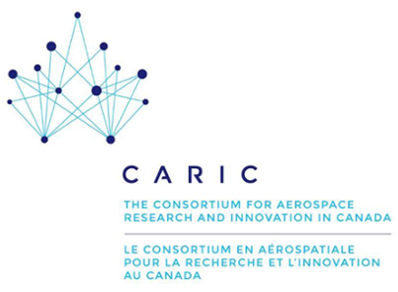More than a hundred people came together in Blainville, QC, on September 15, 2016, for the 3rd Annual General Assembly of the Consortium for Aerospace Research and Innovation in Canada (CARIC).
A Strong Start
The Assembly was an opportunity for Walter Di Bartolomeo, President of the CARIC Board of Directors, to highlight the success of this consortium, which was formed in 2014. This two-year period has seen 30 projects, worth more than $40 million in total, come into being through new partnerships across the country, and this confirms that CARIC is, in fact, making good progress – a pace that Di Bartolomeo is looking to maintain, if not increase.
Denis Faubert, President and CEO of CARIC, believes that the consortium also owes its strong start to the commitment shown by its members and the work done by the entire team, which he singled out for recognition. CARIC operates through five regional offices charged with a mission to promote local R&D and make new collaborative research projects a reality. The work they do is essential.
A Promising Future
AGA attendees had a chance to hear Jim Quick, Chairman of the Green Aviation Research & Development Network (GARDN) Board, talk about the achievements of this organization, which remains a natural partner for CARIC.
Jim Quick also outlined the benefits of a closer relationship between CARIC and GARDN. Strengthening their ties means the two organizations can address government concerns about innovation and sustainable development technologies more directly.
This anticipated collaboration, a key focus of the discussions, will be a priority for both organizations.
A Fully Committed Canadian Aerospace Community
Denis Faubert was also pleased to see how popular the CARIC Annual General Assembly was with members. “Within two years, we have built the foundation of a strong collaboration between the key players in the aerospace industry – both Canada-wide and abroad. Our strength lies in the commitment of our members, and in the industry proactively voicing its needs and bringing projects to completion. What also brings us together, however, is the dynamic nature of our universities and research organizations, and the associate members we bring together,” he concluded.









Commentaires